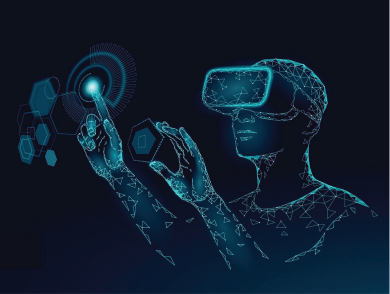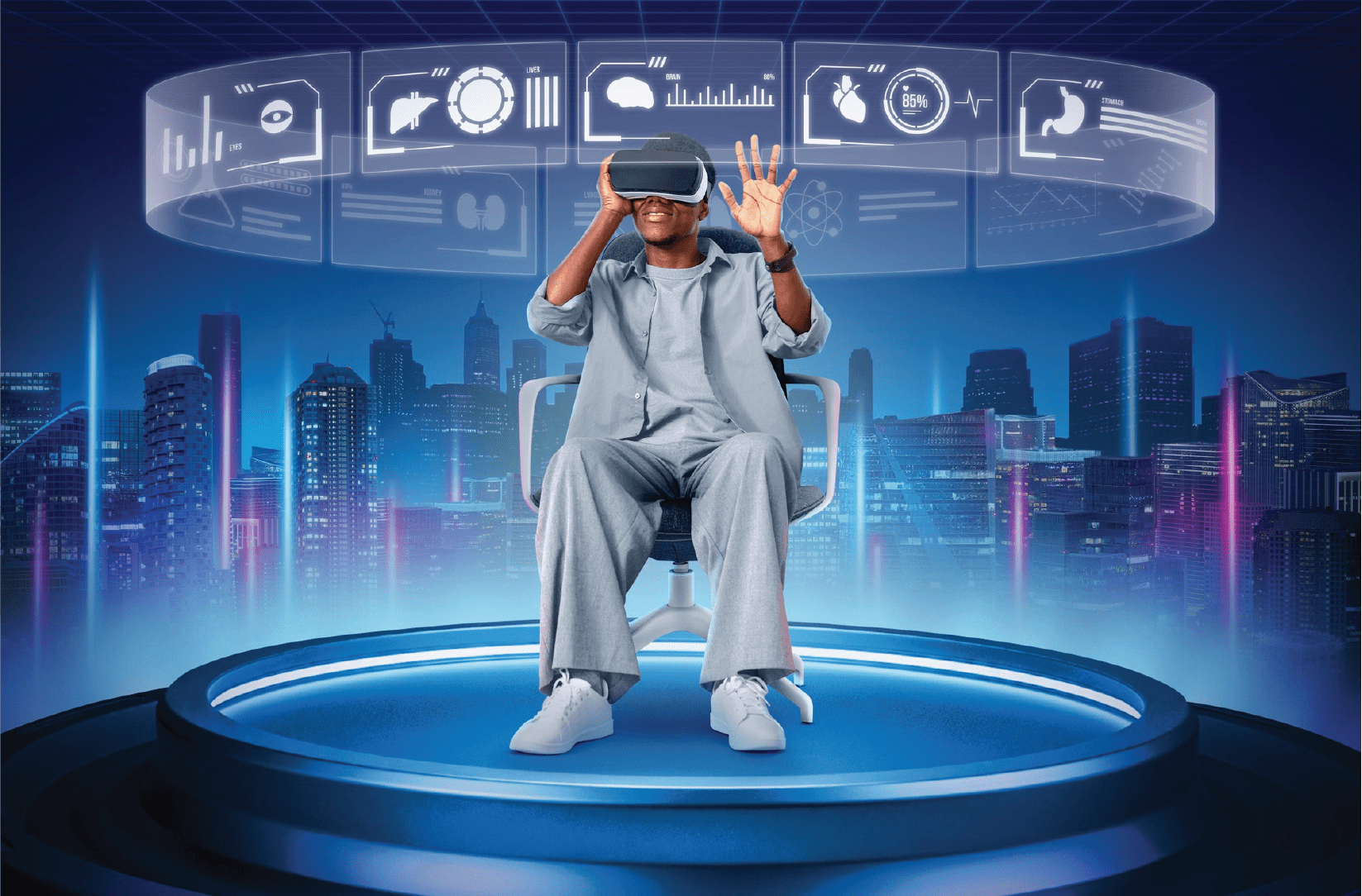VR is Dead: AR Ate It, and Now Faces an Equally Murky Future
Introduction
Not long ago, Virtual Reality (VR) was hailed as a revolutionary force set to transform how we engage with entertainment, work, and social interactions. However, despite its initial hype, VR couldn't meet the lofty expectations and appears to have been overshadowed by the rise of Augmented Reality (AR). AR, in contrast, has gained significant traction in various industries, seamlessly merging the digital realm with the real world. Nevertheless, as AR continues to progress, it grapples with its own set of challenges and uncertainties. In this blog, we will explore the trajectory of VR from its peak to decline, the emergence of AR as a dominant force, and examine the uncertainties that lie ahead for this transformative technology.
The Rise and Fall of VR
Upon its initial introduction, Virtual Reality (VR) fascinated countless individuals, igniting their imaginations. The concept of immersing oneself in virtual realms, be it for gaming or training, was revolutionary. Giant corporations like Oculus, HTC, and Sony heavily poured investments into VR technology, and skilled developers crafted an array of captivating experiences. Yet, despite considerable strides in both hardware and software, VR faced hurdles in gaining widespread popularity for several reasons.
1. High Cost: The cost of VR headsets, especially those offering top-tier performance, was high, thereby restricting their availability to a specific and limited audience.
2. Limited Content: The absence of varied and engaging content impeded the widespread adoption of VR. Consumers swiftly became disinterested due to the limited range of experiences available.
3. Clunky Hardware: In the initial stages, VR headsets were bulky and cumbersome, frequently leading to user discomfort and motion sickness.
The Ascent of AR
As VR's popularity waned, AR began its gradual rise. AR, which superimposes digital information onto the real world, made its mark in smartphones, smart glasses, and wearables. The massive success of Pokémon GO in 2016 showcased AR's broad appeal, thrusting it into the spotlight. Various industries, including education, healthcare, marketing, and manufacturing, enthusiastically embraced AR's potential to enrich experiences, boost productivity, and foster higher engagement levels.
AR's Advantages over VR
AR's implementation has surpassed VR's achievements because of several clear benefits:
1. Accessibility: AR boasts greater accessibility by frequently leveraging devices individuals already possess, such as smartphones.
2. Real-World Integration: AR enriches the real-world experience instead of isolating users, rendering it more socially acceptable and feasible.
3. Versatility: AR finds extensive use in diverse sectors, encompassing industries like retail, tourism, and remote support, among others.
The Uncertain Future of AR
Although AR has made significant strides, it encounters its unique set of challenges that may impede its widespread acceptance and potential for triumph.
1. Privacy and Ethical Concerns: As AR technology becomes increasingly prevalent, apprehensions regarding privacy and data security emerge. The fusion of digital and real-world information prompts ethical inquiries concerning surveillance and consent.
2. Social Acceptance: Despite being more socially acceptable than VR, AR encounters challenges related to social norms, especially regarding its usage in public settings.
3. Technological Limitations: AR hardware needs substantial advancements to deliver flawless, high-quality experiences while remaining compact and energy efficient.
4. Content Quality: The triumph of AR heavily depends on the presence of captivating and practical content. The challenge lies in creating applications that genuinely revolutionize experiences rather than mere novelties.
Conclusion
While VR might not have fulfilled its early promises, it played a pivotal role in laying the groundwork for augmented reality. AR is gradually becoming more integrated into our daily lives, yet its destiny remains uncertain. To prosper, AR must tackle privacy issues, enhance hardware capabilities, and prioritize delivering valuable content. Only by surmounting these challenges can AR break free from VR's influence and forge a transformative and sustainable path forward. As technology evolves, one certainty remains - both VR and AR have permanently transformed the way we perceive and interact with the world.








